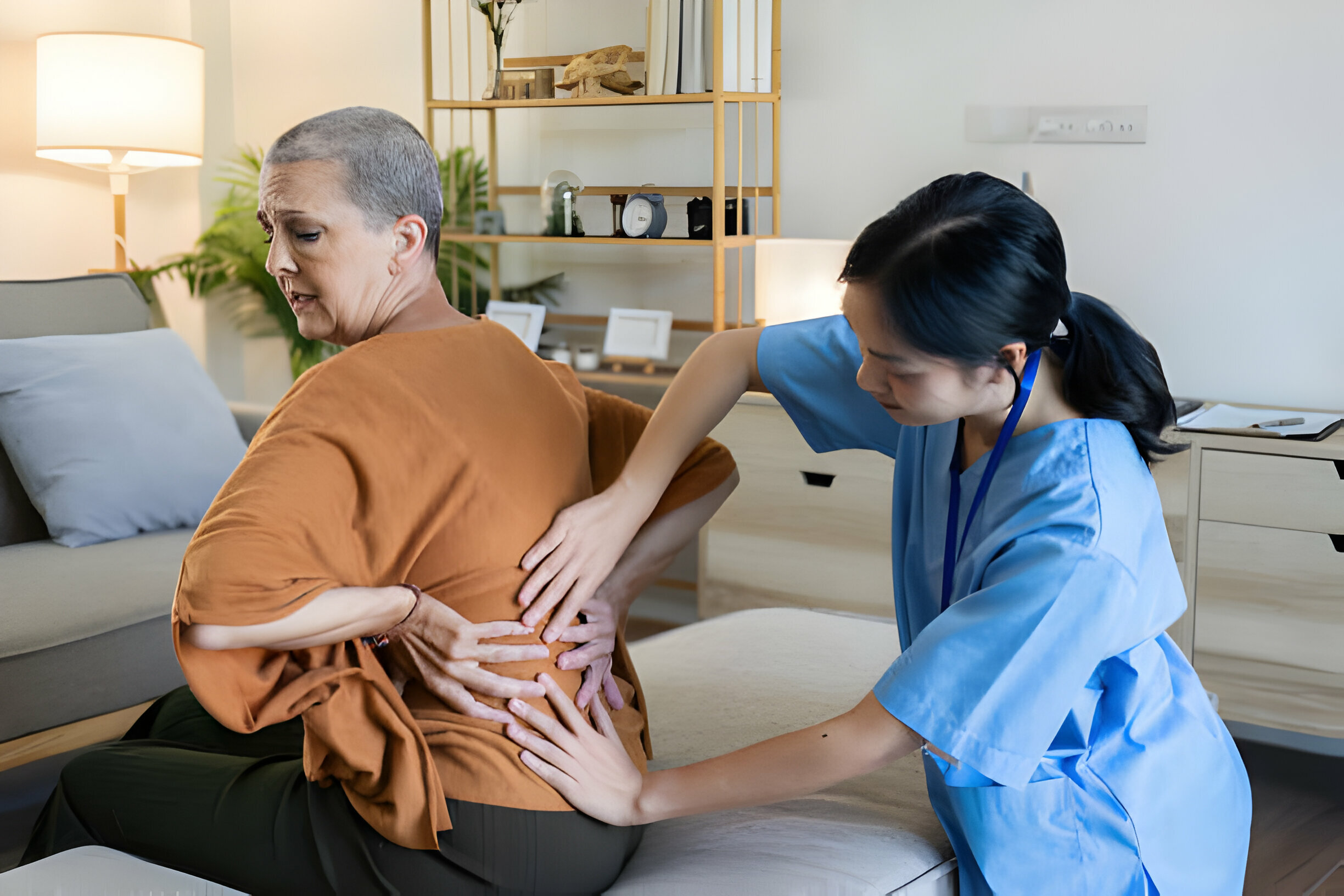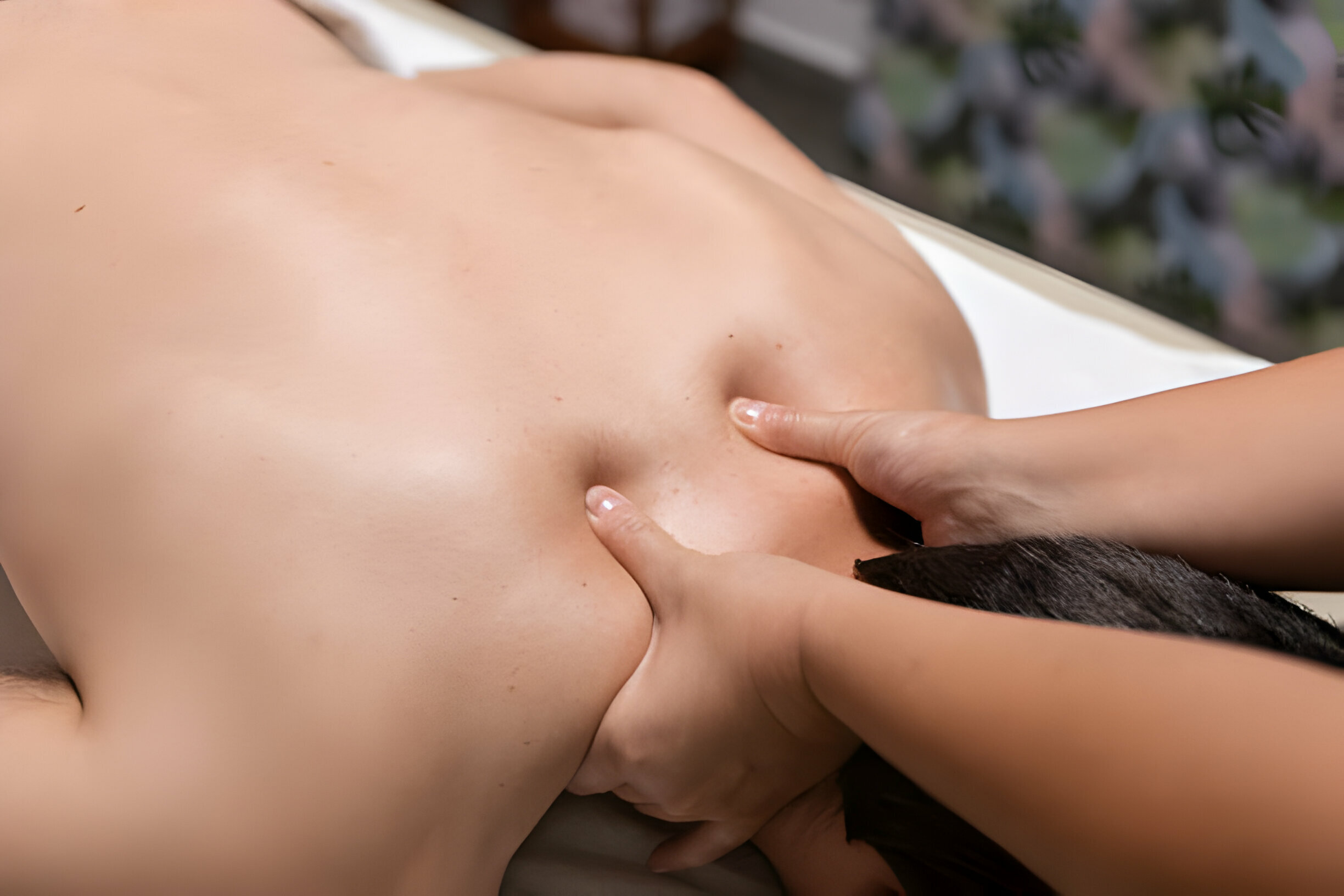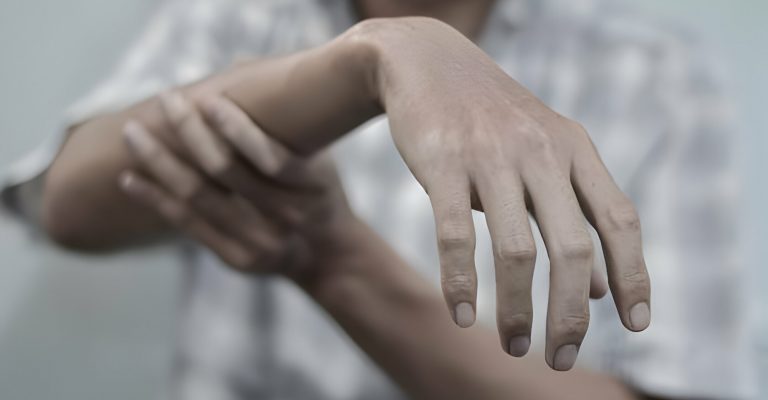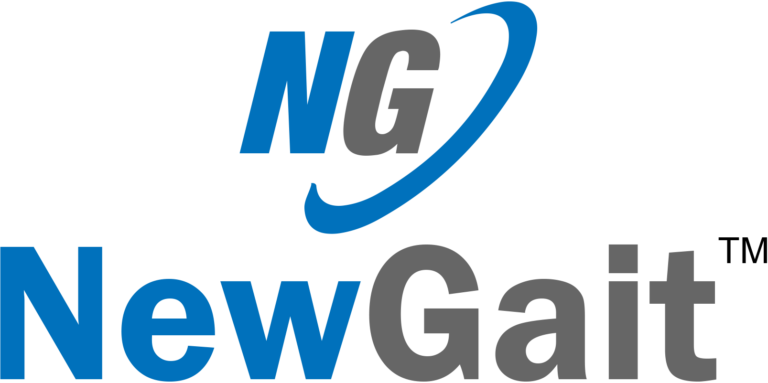Contracture can occur in any muscles, joints, or tendons. The sites where contractures mostly can occur are found on the limbs but may occur in other parts of the body: arms, hands, elbows, legs, knees, and ankles.
This condition may develop to a level where a person cannot walk or transfer from a sitting position to a standing surface, walk, or attend to personal care tasks, including bathing or dressing.
Causes of Contractures After Stroke
Conversely, contractures mean extreme rigidity of connective tissues, muscles, or joints, which usually reduces the range of motion. A stroke in the brain bars victims from intentionally using all their muscles since it infers damage to the tranquility and its motor connections. This range restricts mobilization and free movement to the affected limb, which in turn often tends to reduce mobility after a stroke.
Spasm is a common symptom associated with stroke, including an abnormally high level of muscle tone or contraction called spasticity. Muscular contraction, which is the long-term consequence of spasms, is also characterized by muscular stiffness and tightness in this condition.
Spasticity results from a breakdown in communication between the central nervous system and the muscles. This breakdown in the communication line is broken down, and the motor neurons in the brain responsible for communicating with said muscles are also destroyed.
The muscle spasticity of an untreated hand spasticity patient may become tight, leading to a stiff location, which may lead the fingers and wrist of the hand suffering post-stroke to curl inwards. Muscle and bone stiffness may also occur in a hand contracture caused by years of keeping the hand in a tight fist.

Rehabilitation and Treatment Options for Contractures After Stroke
The American Stroke Association estimates that between one-quarter and one-third of all stroke survivors will have developed spasticity within a year after their stroke.
In the absence of good management, spasticity, in addition to resulting in numerous forms of functional impairment, becomes a potential risk for developing contractures and stiffening or freezing in one position. Apart from being rather painful and deleterious for quality of life, it can also be a source of stress.
Certainly, the contractures developed following a stroke can still be undone or prevented with daily, tenacious treatment, but it won’t be easy. The following are some of the most recommended ways to heal contractures in the aftermath of a stroke:
Optimal Positioning
Stroke rehabilitation often begins with a restriction in the patient’s movement. Accordingly, a new stroke survivor will spend a long period of time either sitting or in a prone position. Suppose muscles are left in some specific position over long periods.
In that case, they will likely become contracted and assume a short length, which in the long run results in contractures. There are a variety of methods that can be used to help avoid contractures after a stroke, one being careful positioning.
For example, it should often be possible to let the muscles elongate and stretch out by changing the body in which a particular posture is placed. When one sits for prolonged periods, the muscles around the hips are said to contract and turn in.
This can be done by stretching such hip muscles and improving their mobility by lying completely flat on your back with a cushion wedged between the knees or stretching. The specific means to your occupational or physical therapist can help you find your solution for problems with spasticity and contraction during your recovery.
Botox
Your doctor can also recommend tightness-reducing drugs, such as Botox. This medicine actually works as a nerve blocker; when it is injected into some muscles, it temporarily relieves spasticity, allowing spasmodic muscles to relax.
While Botox is only a temporary measure, it may create a “window of opportunity” for improving rehabilitation activities. To help reduce contracture and encourage long-term increase/improvement in mobility, advanced strengthening and stretching with the muscles rested may be performed.
Consultation with your doctor may offer the best chance for relief; oral drugs can even be used in combination with Botox to rid the body of stiffness and thereby help alleviate the pain.
Stretching
Daily stretching exercises are one of the best ways to reduce twists and even contractures once they affect one’s muscles. Once the effective and hence affected muscles are stretched daily and gently, they can lengthen successfully; this is more so true for at least holding the stretch for at least 15 to 30 seconds. It is also reversing or preventing the contraction of the muscles, thus reducing the chances of getting contractures.
Flexibility exercises would be performed in several imaginable ways. For instance, one can autonomously do either active or static stretching. Muscle activation is the only thing that either is required or is not required in the reaches of active stretching, and can also be referred to in the tricky way of getting interleaved into a stretch posture. End_buffer=value End
Passive stretches, on the other hand, are very different from active types; a muscle is kept relaxed without any tension, as its ideal stretching position is assumed by using a force, usually from another part of the body.
The other flexibility of stretching is that one may get an advantage of stretching with the aid of another person or a caregiver and through various equipped aids, such as a belt or a stick. The other two techniques are further supportive with low-load, long-duration stretching – splints and orthoses.
Orthoses
Orthoses include support that applies pressure, braces, splints, or strapping—fabricated by specially trained personnel—used to support and gently stretch the affected muscles and joints. Strong physiotherapy is also given to patients with hand and wrist contractures for proper positioning and application of mild, long-duration stresses.
In addition, various braces have been attached to the body for different kinds of joints just in order to treat some deficiencies. Your therapist may ask you to put on an orthosis, which he will have adapted for your needs to obtain optimum benefits.
Range of Motion Exercises
This will also include stretching and light range-of-motion exercises to help avoid stiffening of the joints. Full-range-of-motion exercises can be useful for contractures by lengthening the connective tissue and increasing blood flow. In addition to improving overall function, they can decrease the chances of other complications, such as a frozen shoulder.
These exercises will be done regardless of whether the stroke has reduced your body’s function. You can do these exercises on your own using your unaffected side or have other people, such as a health provider or a caregiver, do the exercises for you.
If they’re not doing anything active, lying there and doing some passive exercises may help decrease tightness and avoid problems. Over time and practice, this will gradually improve contractures and, ultimately, increase mobility.
Surgery
Extreme contractures may be very painful, and you cannot move around or even efficiently go to your daily routines. Surgical solutions to relieve your symptoms and help restore your mobility when the extreme case is incepted. Your physician may recommend surgery when all alternatives are sought in vain, and the type of contracture you have reached the extremely advanced stage, making you avoid enjoying life.
Patients are also given physical or occupational therapy to release or lengthen the constricted tendon or muscle because not all the contractures can be operated on. Improvement in the range of motion by the surgery is still evident and will call for rehabilitation.
Electrical Stimulation
Electrical stimulation may diminish rigidity and stimulate muscular activity to contribute to rehabilitation soon after a stroke. The technique works through the skin-applied placement of electrodes through which affected muscles receive small electrical currents.
Such stimulation is helpful not only because it contracts muscles but also because information is fed into the brain at the same time—information that might help motor networks in their reformation.
The use of electrical muscle stimulation helps relax tightened and spastic muscles the same way that physical activities do. A patient with the after-effects of a stroke will benefit more if electrical stimulation is included in the exercise program.

Bottomline
Of course, treatment means passion, and the victim will be included in the treatment process because of the contractures’ development, prevention, or reduction. The professionals at the rehabilitation center will then help the victim come up with a specific plan that involves one’s needs so that they can get back on the recovery road.


